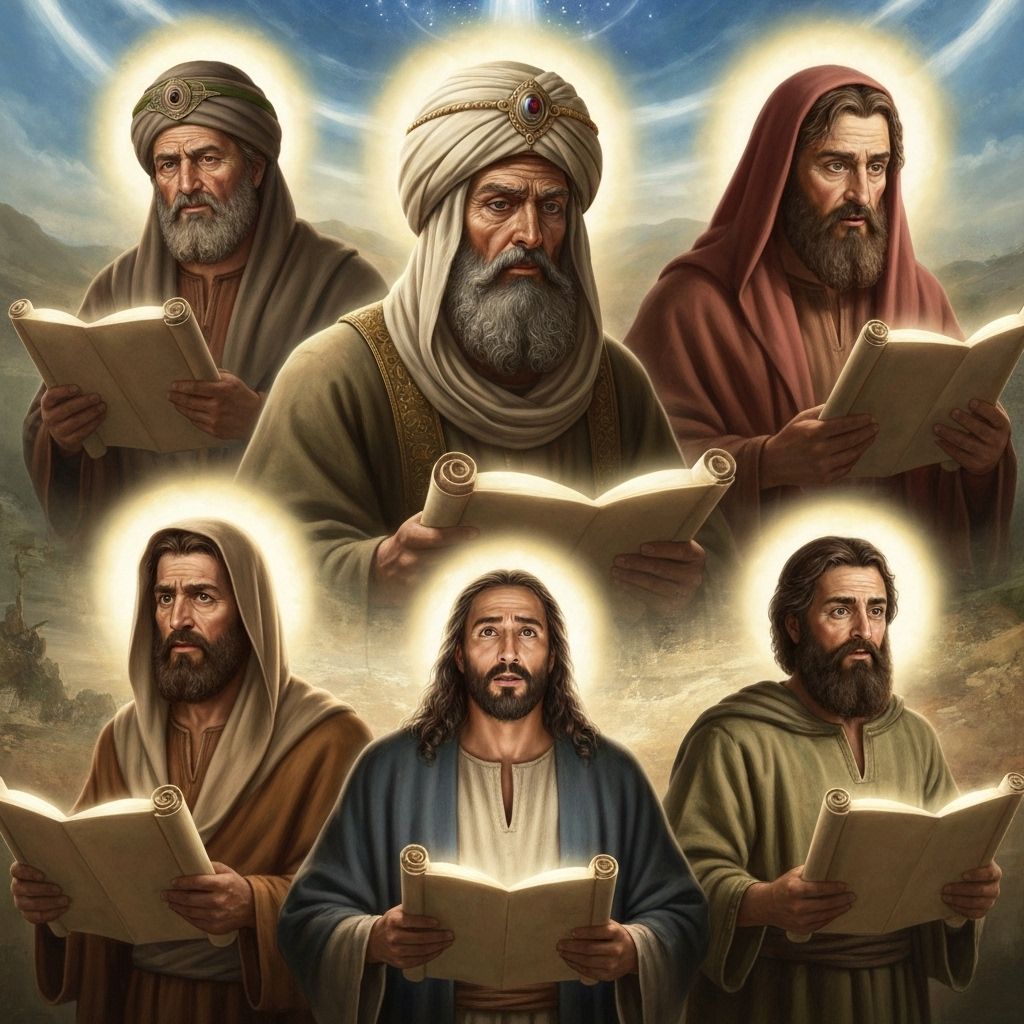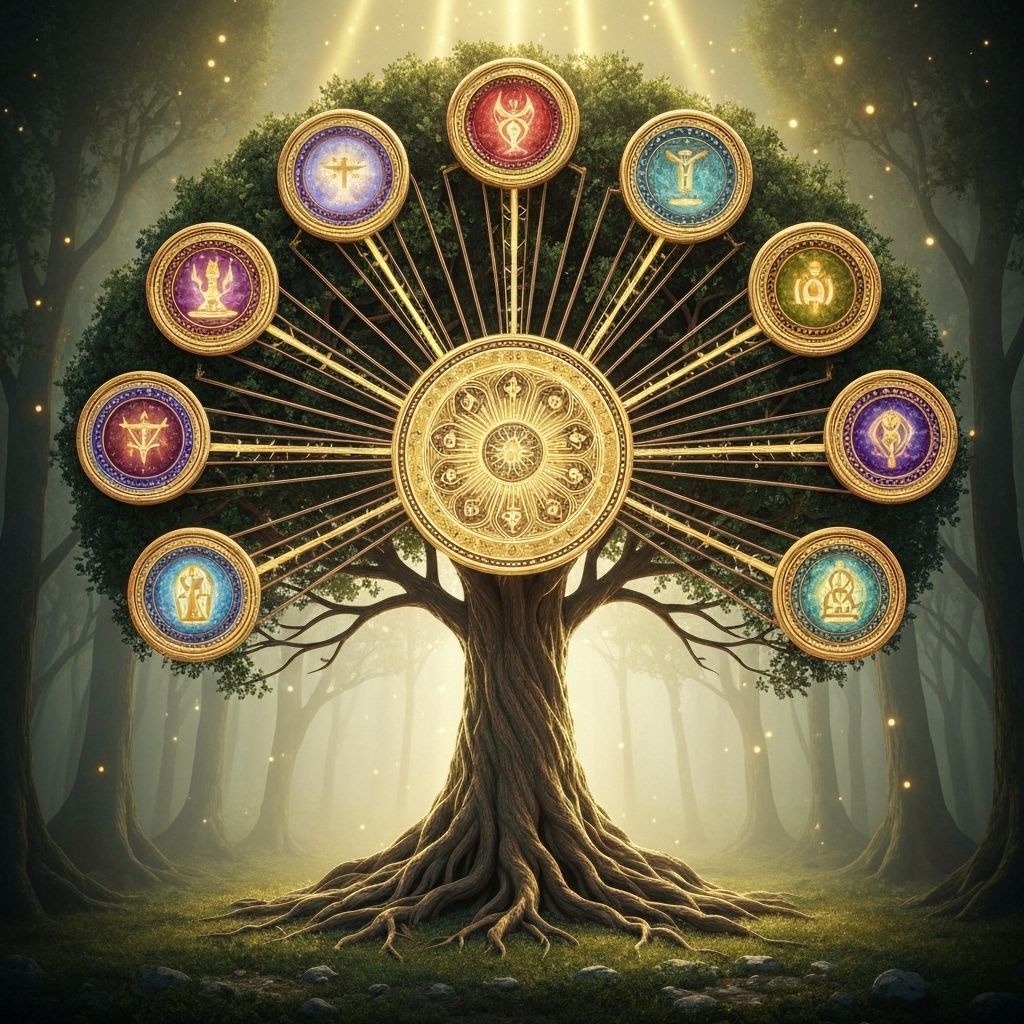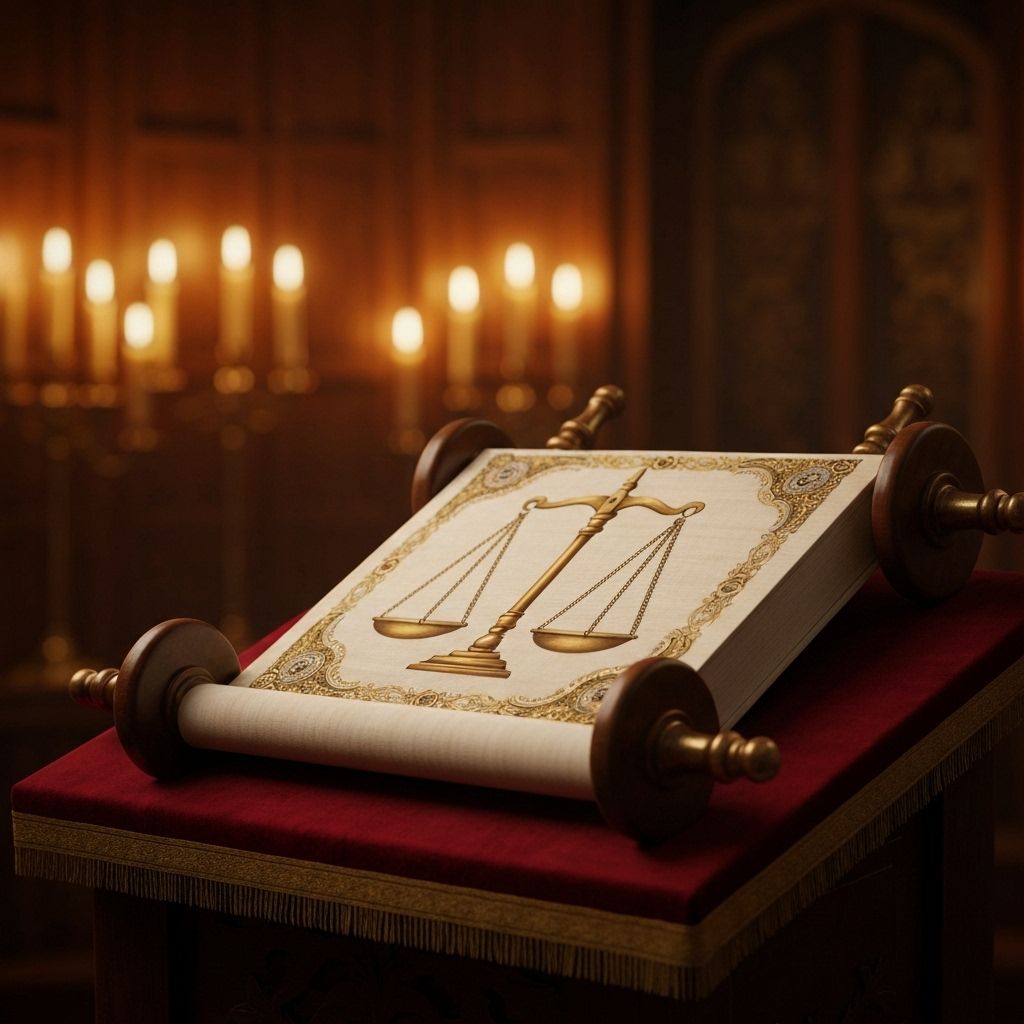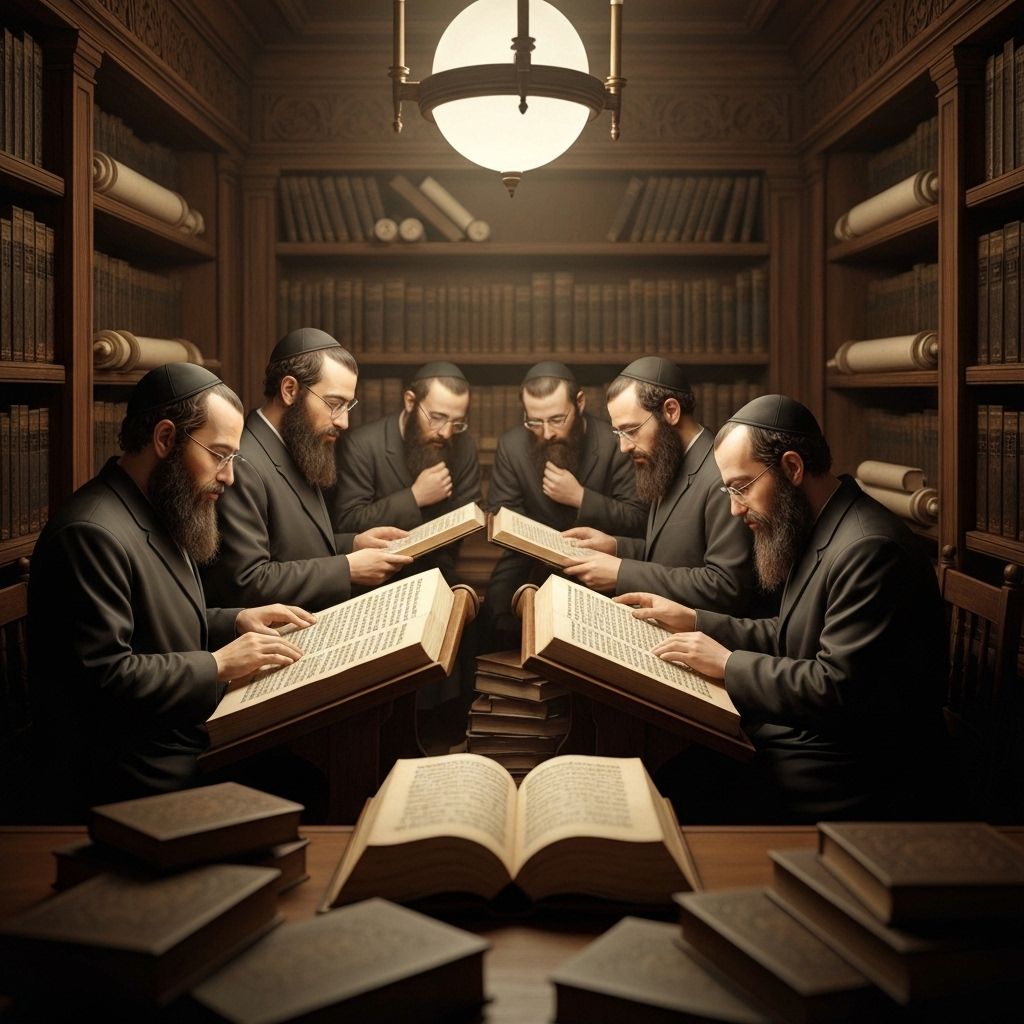3-Minute Summary
The Words of the Torah Explained with Help from Rashi and Ramban
Rashi (1040-1105) was a medieval French rabbi whose commentary on the Torah and Talmud is considered essential reading. His explanations focus on the plain meaning of the text and are known for their clarity and accessibility.
Ramban (1194-1270) was a Spanish rabbi, physician, and philosopher who provided deeper mystical and philosophical insights into the Torah, often building upon Rashi's work while adding his own profound interpretations.
The parsha opens with Hashem commanding Moses to 'bring near' (tetzaveh) Aaron and his sons for priestly service. This language of bringing close emphasizes that the priesthood creates intimacy between the people and Hashem, with the priests serving as intermediaries and representatives.
The priestly garments are described with extraordinary detail, from the tunics and sashes to the headpieces and breastplates. Each element serves both practical and symbolic purposes, creating visual representations of spiritual realities and reminding the priests of their sacred responsibilities.
The high priest's ephod, made of blue, purple, and scarlet wool with gold threads, represents the synthesis of divine and human elements. The shoulder straps with onyx stones engraved with the names of the tribes symbolize the priest bearing the people before Hashem.
The breastplate (choshen) with twelve precious stones, each representing a tribe, creates a physical manifestation of tribal unity. The Urim and Thummim within the breastplate serve as divine communication devices, showing that the high priest serves as Hashem's oracle for the people.
The tzitz (headplate) with the inscription 'Holy to Hashem' represents the ultimate sanctification of the priest's thoughts and intentions. Its golden band and positioning on the forehead emphasize that true priesthood begins in the mind and extends outward.
The anointing oil, made from specific spices and quantities, represents divine appointment and empowerment. The oil's sacred nature and prohibition against replication emphasize that priestly authority comes from divine commission, not human initiative.
The daily offerings—morning and evening tamid sacrifices—establish the rhythm of divine service. These regular offerings create continuity in the relationship between Hashem and the people, showing that spiritual connection requires consistent attention and dedication.
The incense altar represents prayer and spiritual elevation. Its placement in the Holy Place and the requirement for pure incense emphasize that divine service includes both physical offerings and spiritual communication through prayer.
The consecration ceremony involves washing, dressing, anointing, and offering sacrifices over seven days. This extended process teaches that true spiritual leadership requires thorough preparation and cannot be rushed or superficial.
The eternal nature of the priesthood ('for all their generations') establishes continuity and tradition in divine service. The priesthood becomes an inherited calling, ensuring that sacred knowledge and practices are transmitted from generation to generation.
The parsha concludes with the importance of ritual purity and the prohibition against drinking wine while serving in the Mishkan. These requirements emphasize that divine service demands both external ritual observance and internal spiritual readiness.








